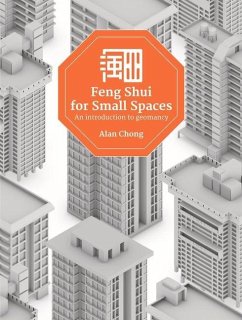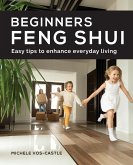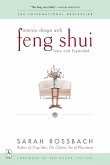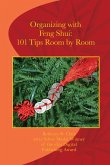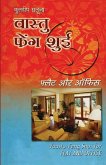Feng Shui is often misunderstood as being superstitious and religious as some of its imageries and concepts are borrowed from a certain religion. This book provides a fresh perspective to help readers re-imagine Feng Shui culture and its practices. Using clean designs and a neutral color theme, Feng Shui for Small Spaces provides an introduction to geomancy for homes. It focuses on the fundamental concepts: the placement of furniture and lighting as well as the organization of space. Isometric 3-D illustrations accompany the easy-to-understand text that explain the principles.As our living spaces gradually becoming smaller, readers sometimes encounter difficulties in adapting conventional Feng Shui concepts in their home. This book also presents alternative solutions and knowledge for homeowners living in small spaces.
Bitte wählen Sie Ihr Anliegen aus.
Rechnungen
Retourenschein anfordern
Bestellstatus
Storno

